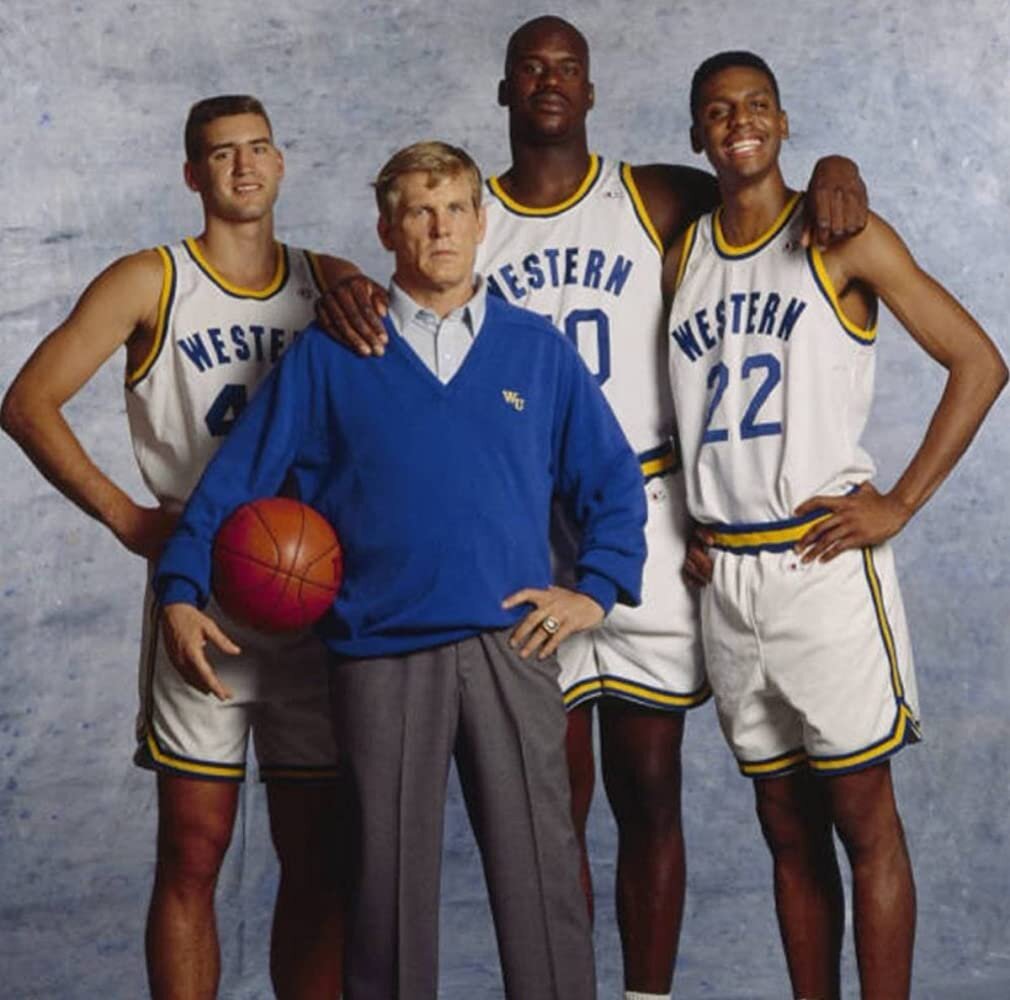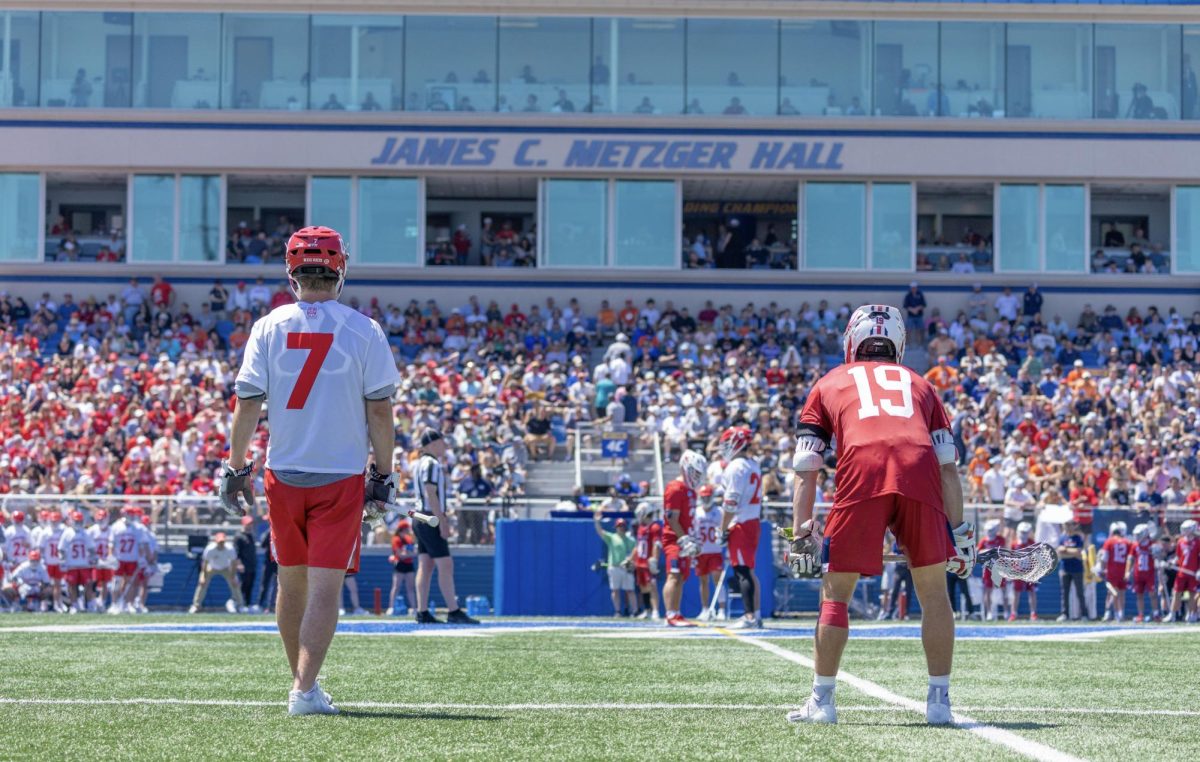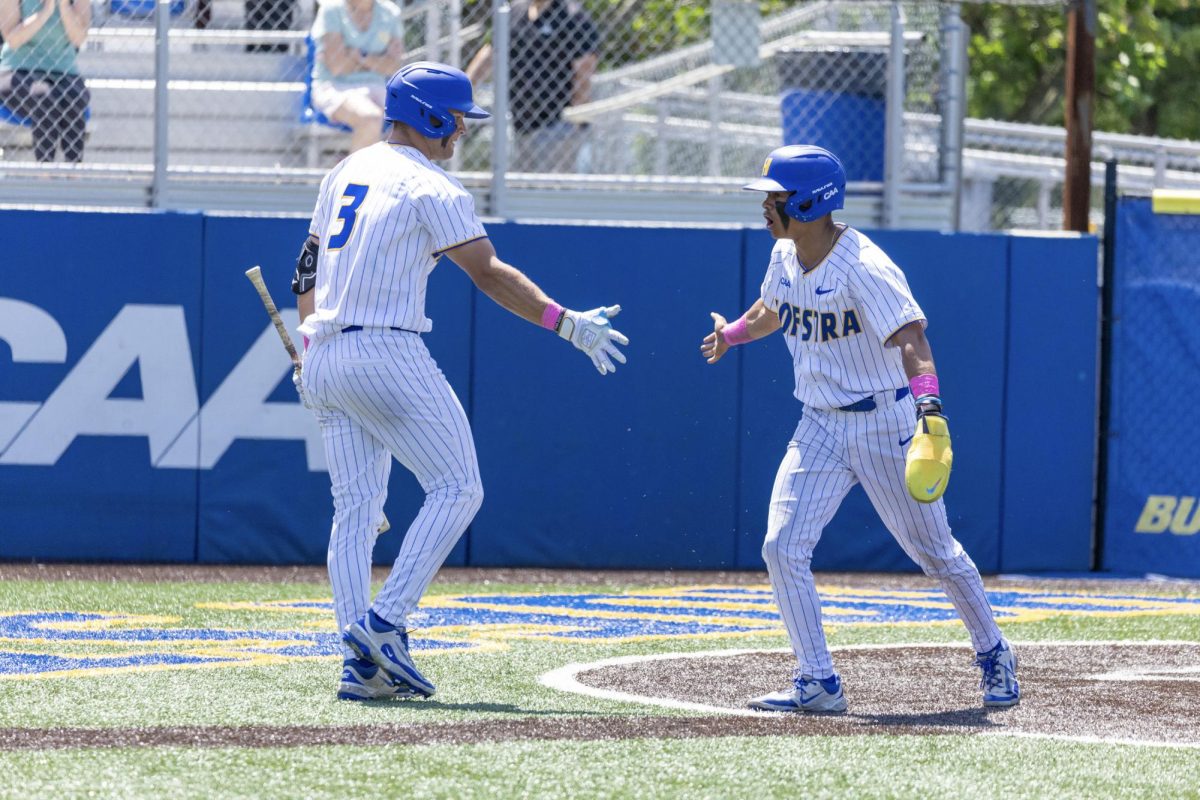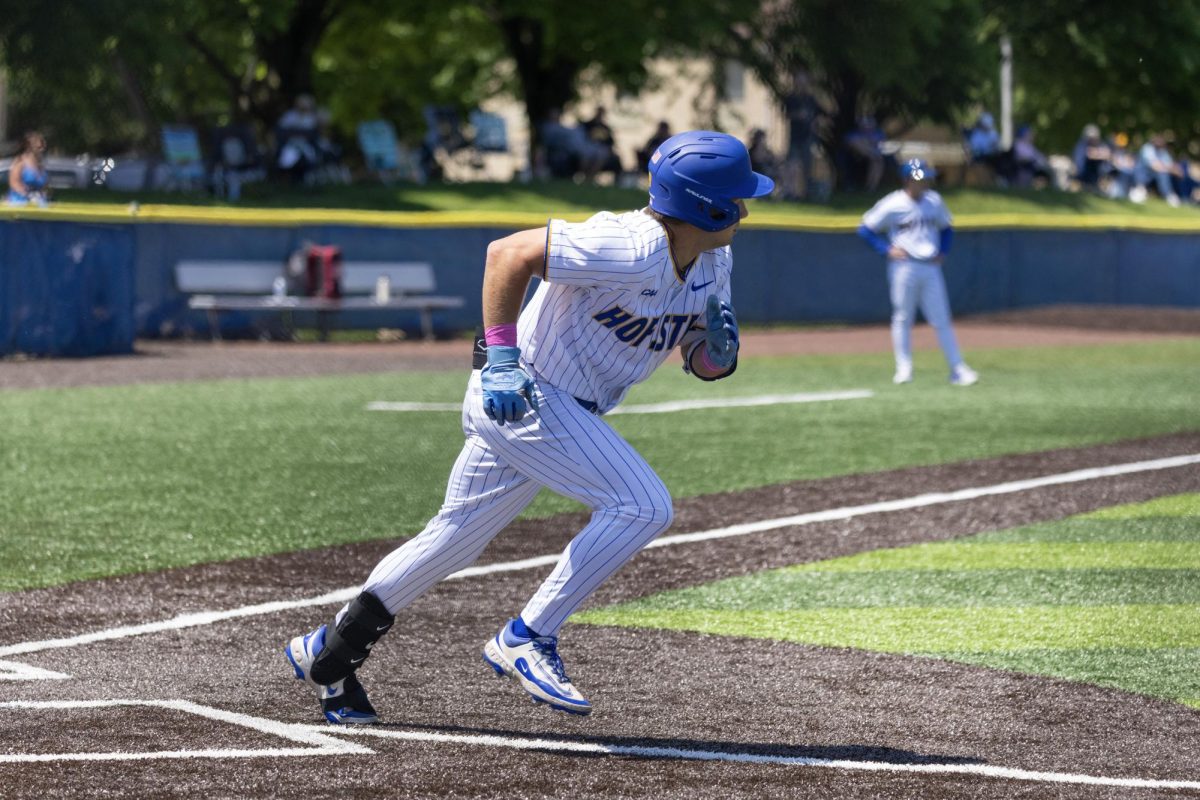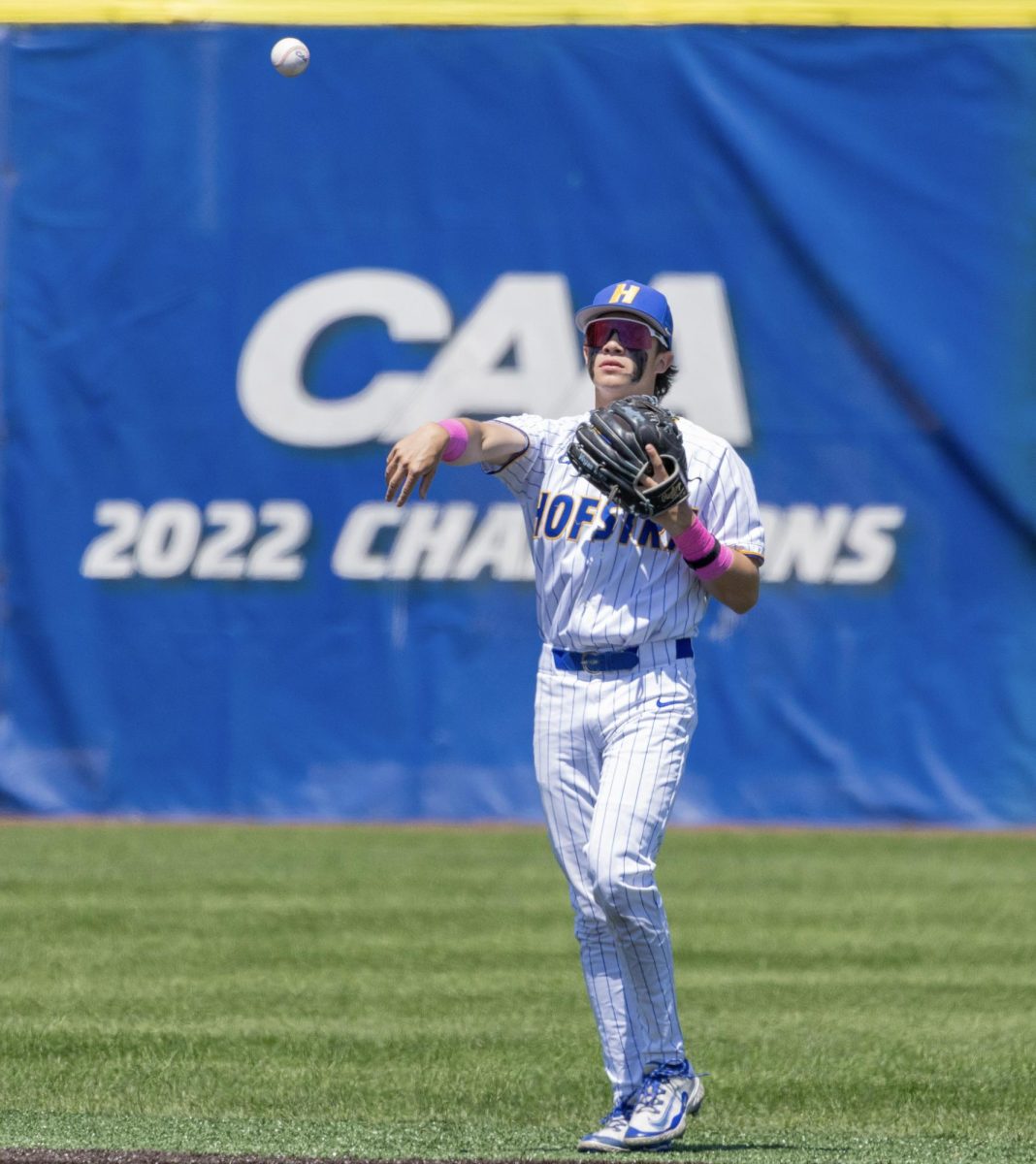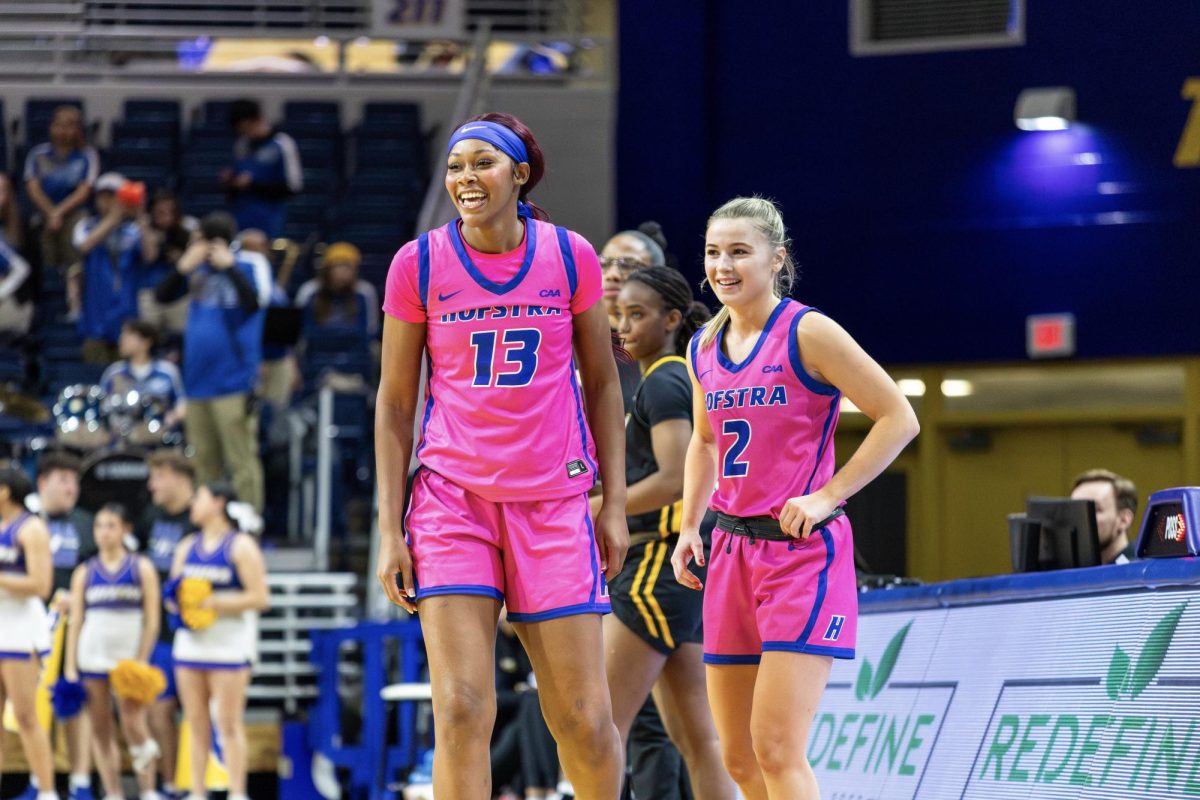Recently, the National Collegiate Athletic Association (NCAA) announced a move toward a ruling that would allow their players to profit off of their name and likeness by way of a third party. This comes off the heels of multiple elite players, including Jalen Green, ESPN’s #1 prospect, choosing to go straight to the G-League rather than enroll at college.
This also calls to attention the NCAA’s murky history with the compensation of players. In recent years alone, coaches have gotten fired, banners have gotten stripped and somehow, someway, John Calipari still hawks the sidelines every day for the University of Kentucky Wildcats. However, this idea of paying college players under the table is nothing new. It is what inspired Ron Shelton to write the script for the movie “Blue Chips,” a 1994 film starring Nick Nolte, featuring a smorgasbord of NBA talent including Shaquille O’Neal and Penny Hardaway.
Meant as a scathing critique of the NCAA and the corruption that goes on under the hood, it focuses on Nolte’s Pete Bell, a mediocre coach for the UCLA stand-in Western University Dolphins. The movie begins with the Dolphins struggling, wrapping up yet another below-average season. Bell’s clean-cut style of coaching has quickly fallen out of favor in the NCAA, as more and more of his contemporaries have started to give gifts and make under the table payouts to top prospects. So, against his own will, he pursues three top-level prospects, played by O’Neal, Hardaway and Indiana University (IU) standout Matt Nover, initially in a clean way. However, he quickly realizes that he must act in illegal means to sway these players to Western University.
One of the most significant selling points in this movie was the actual basketball played. In most basketball movies, there is a script for the games: They run plays, and the defenders have to act as if they are fooled by a play when in all reality, they would have figured it out pretty quickly. With this movie, they rolled the basketballs out and let the players play. This even caused some contention, as famed IU coach Bobby Knight, who played the same role in the movie, refused to let his team lose to the star-studded Western squad. He coached it as if it were a real game, and it almost worked, as IU was up by three with under a minute left.
However, despite how impressive the basketball was, the most remarkable display happened in a scene that involved Bell talking to his athletic director, played by Boston Celtics legend Bob Cousy. They improvised so that they would shoot the ball around while talking, and when Cousy missed, he would let Nolte shoot. There was only one issue with that: Cousy did not miss. He hit 21 consecutive free throws on camera, all while going through the scene, causing Nolte to jokingly say, “Don’t you ever miss?”
All of this basketball talent leads into one of the movie’s flaws: a lack of on-screen talent. This was the first movie of O’Neal’s acting career, and it was the only significant role of Hardaway and Nover’s career, as they decided to focus on basketball. Their lack of experience shows. While they do show some flashes of acting talent, their overall performances fall flat, much like other athletes who take a shot at the silver screen.
If this were a lighthearted movie about having fun with your college buddies and killing it on the court, it may have been fine. However, this is a drama that is trying very hard to say something about corruption in college basketball. It needed more than just Nick Nolte freaking out in every other scene. Having real athletes in movies, especially basketball movies, is a great novelty, but one that can be very hit or miss. Much like O’Neal at the line, this one is a miss.
Another big issue with the movie is its pacing. The film is based more on the recruitment process in college basketball, so it is okay that there is not that many games or practices in the movie. More games are shown before the team’s big recruiting class than after it. The movie starts with the last couple games of the Dolphins’ season before Bell decided to go after their big three recruits. However, both games show the same thing: that Bell’s job is on the line and that the team is not very good. If there were only one of these games at the beginning of the movie, it could have allowed for more intensity in the third act, when Bell starts to feel added pressure to tell the truth about his recruits. After all of the hype and anticipation of seeing some of the greatest young basketball stars play together, they only play one game before the movie ends. They could have shown the late stretch of the season and shown the success of the team combined with the added pressure on Bell. It would have made for a great third act, and overall a much better movie. However, much like other aspects of the movie, it falls flat as well.
This was supposed to be a huge movie. It was supposed to reveal the dirty truth of the NCAA and inspire some real change in the game. However, here we are, 26 years later, and the same cheating in the movie still happens in real life. It would have succeeded if it had been paced better and surrounded the basketball stars with more acting talent. Ray Allen was not good in “He Got Game,” but he was surrounded by superstar acting talent like Denzel Washington, Mila Jovovich and Rosario Dawson. “Blue Chips” misses the ball on this level, and all the dominos that fall after that lead the movie to fall short of what it hoped to be. So, if you want to watch O’Neal and Hardaway play together, just look up some old-school Orlando Magic tape.
Photo courtesy of IMDb

